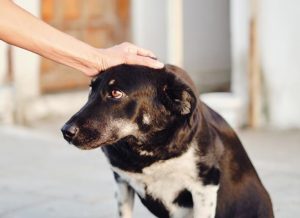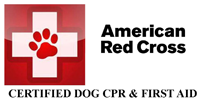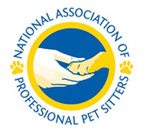No You Can’t Pet My Dog

Question… Do you let random strangers come up to you or your child, get into your personal space and touch you, your child? No, of course you don’t. Why? Because you don’t know them, because it would be uncomfortable, because it would make you feel nervous, anxious or even scared. Because it’s just plain weird.
Who Advocates for Your Dog? You or Your Dog?
Advocate for your dog. If you don’t your dog will advocate for itself and that doesn’t usually turn out well. Who advocates for your dog?
Dog Training Tips for Teaching Threshold
Thresholds at it pertains to dogs is an important but oftentimes overlooked area of training with many owners and dog trainers. Teaching a dog NOT to move through a threshold unless invited to do so can be lifesaving. A threshold is a door to the house, car door, crate door etc. So many times, I hear of dogs escaping through a door only to get lost, or worse, hit by a car or engage in dog fights. D
Helping Your Fearful Dog Gain Confidence
Living a life filled with fear or anxiety is no fun for humans or dogs. In fact, it is a terrible way to live. Feelings of anxiety, nervousness fearful dog hidesand fear flood the body with toxic chemicals and can shorten a lifespan. Helping your fearful dog gain confidence can be as simple as introducing exercise into their routine, implementing basic obedience skills, coping skills and using something pleasurable (food or toys) to change the way your dog feels about the fearful object or environment.






